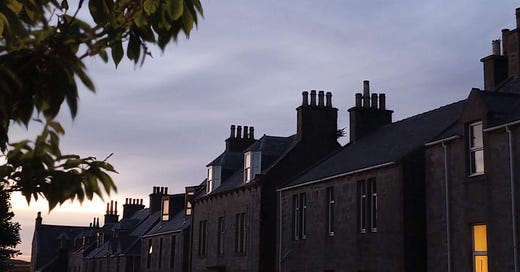Looking through my many photos, I realized I didn’t really intend to document our trips — I just took pictures of the things and people I wanted to remember. Sometimes we visited a place without my t…
Keep reading with a 7-day free trial
Subscribe to Scotland's Music, Landscape & Events to keep reading this post and get 7 days of free access to the full post archives.


